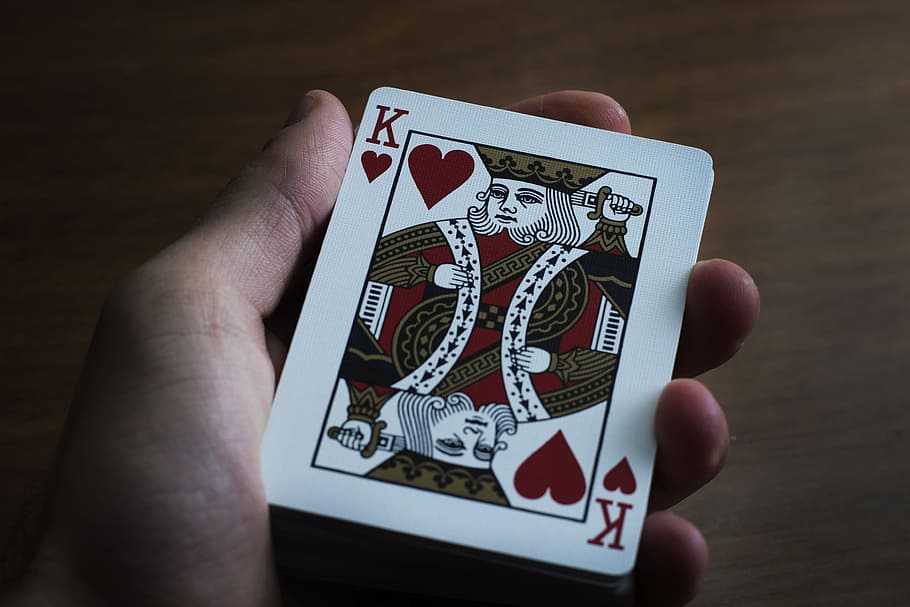RUMMY 666
Rummy is a group of matching-card games notable for similar game play based on matching cards of the same rank or sequence and same suit. The basic goal in any form of rummy is to build melds which consist of sets, three or four of a kind of the same rank; or runs, three or more cards in sequence, of the same suit. If a player discards a card, making a run in the discard pile, it may not be taken up without taking all cards below the top one.
General features of rummy-style games
Deal
Depending on the variation, each player receives a certain number of cards from either a standard deck of 52 cards, more than one deck or a special deck of cards used for specific games. The un-dealt cards are placed in a face down stack in the middle, which is known as the stock. In most variations a single card is turned face up next to the stock where players discard or shed cards, and this is known as the discard pile. In 10 Cards Rummy, which is often played with two, three or four players, each player gets ten cards. In rummy games with five players, each player is given six cards. In 500 Rummy, each player is given seven cards. In Indian Rummy, 13 cards are dealt to each player.
Melds
A meld can either be a set (also known as a book) or a run. A set consists of at least three cards of the same rank, for example 4♥ 4♦ 4♠ or K♥ K♦ K♠ K♣. A run consists of at least three consecutive cards of the same suit J♣ Q♣ K♣ or 4♥ 5♥ 6♥ 7♥. Very few variations allow runs that have mixed suits. In a few variations of rummy other patterns may be allowed. In some variations the melds (sets and runs) must be 3 or 4 cards, while other variations allow larger melds through the use of longer runs, for example: 8♠ 9♠ 10♠ J♠ Q♠ or, if multiple decks or wild cards are used, 5♦ 5♦ 5♥ 5♠ 5♠ or Q♥ Q♦ Jkr Q♣. Wild cards (such as a joker) may be used to represent any card in a meld. The number of wild cards in a meld may be restricted.
Gameplay
Depending on the variation of the game, players take turns adding and shedding cards from their hands. There are numerous and quite different ways of doing this though it usually involves picking a card from the stock and discarding a card to the discard pile. In some variations melds are revealed to all players by placing them face up on the table, in other variations each player keeps their hand hidden until the show. Some variations permit picking up the entire discard pile. A few variations permit stealing cards from their opponents melds.
Show
In most variations a player must put all of their cards into at least two melds (though they may be allowed to shed one card to the discard pile before showing). Once the player has melded all their cards they reveal their entire hand and the player submits their hand to validation. All other players reveal their melds and deadweight. The action of submitting the cards is called Showing.
Scoring
After a successful show, the winner or all players score their hand. In most variations numbered cards have certain assigned points and the royal cards (J-Q-K) have assigned points and the A often has a different point value. Scoring often involves each player adding up points in their melded cards (sets and runs) and deducting points from cards that have not been melded. The winner may also receive a bonus for winning. Some special or difficult melds may also give extra points to a hand. A player may have a negative score if their unmelded cards total more than their melded ones. Usually play continues until one player passes a threshold, for example 1,000 points.

